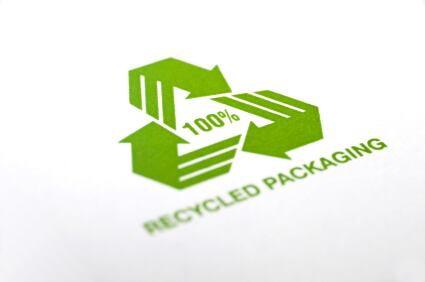The recommendation was made to bring the focus back to the core mission of resin identification and quality control prior to recycling.
A plastics committee voted to approve the changes to the relevant section (ASTM D7611) of the Resin Identification Code (RIC) on the request of recycling program co-ordinators.
It said RICs were never intended for use by the public and when municipal recycling program coordinators began telling their community to sort plastic articles using the RICs, the public mistakenly assumed that the presence of chasing arrows meant that articles marked with an RIC could be recycled in their communities.

Standards made but will they be enforced?
However, the changes will only take effect when a government or industry body recommends that the standard be followed.
Thomas Pecorini, from Eastman Chemical Company, told FoodProductionDaily.com that it is not expected that laws will be changed until more revisions of the ASTM DD7611 standard around 2014.
“We recognize that there is no perfect way to transition from the old system to the new, but it is felt that the eventual benefits of the new system will outweigh any temporary confusion.
“In the United States, there are 37 states that still mandate use of the original SPI system, and these states will need to change their laws to use of the ASTM Standard.”
Pecorini, who is also a member of the D20.95.01 task group, added that there may be an overlap timeframe where both old and new systems are in place and that the changes will only apply to new moulds, so old moulds will still carry the arrow tips.
What is “other”?
The task group is assessing how to differentiate between different melt flows within each resin; identify certain additives that might significantly change the properties of a resin; and better label individual resins (PLA, PC, ABS, Nylon, and others) that are currently designated as “other” in the current RIC system.
It is also discussing whether a new code is needed for linear low density polyethylene (LLDPE) to enable products made from this technology to be accurately identified and distinguished from products marked as HDPE or LDPE.
Pecorini said that discussions are underway for changes to the “7” Other category, which could include PLA or other bioplastics, but added that it was “unlikely” that future revisions would highlight any particular chemical component of any plastic such as bisphenol A (BPA).
The revisions to ASTM D7611, covers the RIC system for identifying types of plastic resin used in manufactured articles which number from 1-7 on the plastic packaging.
ASTM D7611 provides codes for the six most commonly found resin types, with a seventh category created for all the others.
These categories include: 1) polyethylene terephthalate (PET); 2) high density polyethylene (HDPE); 3) polyvinyl chloride (V); 4) low density polyethylene (LDPE); 5) polypropylene (PP); 6) polystyrene (PS); and 7) other, including materials made with more than one resin from categories 1-6.
Time for an update
ASTM International Subcommittee D20.95 on Recycled Plastics, part of Committee D20 on Plastics, approved enhancements to the code developed by the Society of the Plastics Industry (SPI) in 1988.
It was originally intended to assist waste recovery facilities in the quality sorting of plastics products prior to recycling.
However, soon after it was introduced it became apparent that articles move too quickly down a sorting line for the sorters to be able to use the RICs as an identification method.
The system has become a tool used by municipalities, scrap brokers, recyclers, manufacturers, consumers and others for managing the end-of-life of plastics materials.
More than 150 members of the ASTM Section represent the full spectrum of the plastic value chain, including resin suppliers, converters, brand owners, reclaimers and municipal recyclers.
